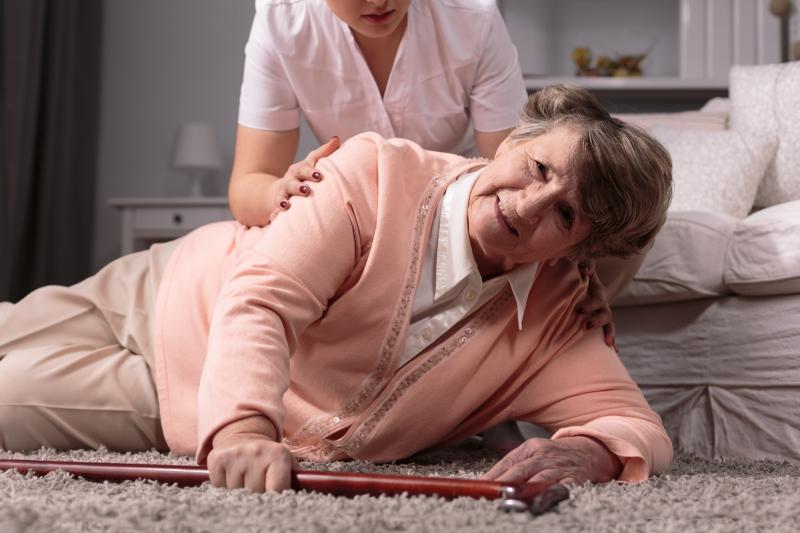
Falls are the leading cause of traumatic brain injury (TBI), and most of the acute TBI admissions are older patients, a Singapore study has shown.
“Patients who had neurosurgical intervention or infection were shown to have increased likelihood of being transferred to acute inpatient rehabilitation (AIR),” the researchers said. “There was functional improvement in patients with TBI receiving a continuous chain of early rehabilitation.”
This study screened and reviewed 491 patients (median age, 67.0 years; interquartile range, 50.0–77.0 years) in a Singapore tertiary hospital, of which 116 were directly transferred to AIR.
The predominant mechanism of TBI was falls (n=377; 76.8 percent), followed by road traffic accident (n=55; 11.2 percent), while infection (odds ratio [OR], 2.95, 95 percent confidence interval [CI], 1.59–5.49) and neurosurgical intervention (OR, 2.18, 95 percent CI, 1.24–3.81) heightened the risk of transfer to AIR. [Proc Singapore Healthc 2020;29:33-41]
A significant gain in the Functional Independence Measure (FIM) was observed after receiving AIR (p<0.001). On the other hand, increased age, complications, high motor admission FIM and long rehabilitation length of stay were associated with lower FIM gain and reduced FIM efficiency.
“Our study showed a peak incidence of TBI in elderly patients, especially those aged 70–79 years, with falls being the predominant mechanism of TBI in the elderly, whereas road traffic accident was the leading cause in younger patients,” the researchers said.
This finding was consistent with that of a previous study, which reported a shift in local TBI demographics towards an older population, with a higher incidence of falls. [Front Surg 2019;6:37]
“The rates of fall-related TBI could increase due to our rapidly ageing nation, which highlights the need to identify at-risk elderly populations and strengthen fall-prevention strategies,” the researchers said.
Of note, the finding on the association between infections and increased odds of transfer to AIR could be explained by sarcopenia associated with infection, which resulted in functional decline, according to the researchers.
Sarcopaenia refers to the loss of skeletal muscle mass and muscle function. It is associated with falls, functional decline and frailty. [Age Ageing 2010;39:412-423; J Am Med Dir Assoc 2011;12:249-256; J Am Med Dir Assoc 2014;15:95-101; Lancet 2019;393:2636-2646]
Studies showed that patients with pre-existing sarcopaenia on hospital admission were more likely to acquire nosocomial infection, and sarcopaenia could develop from hypercortisolaemia, oxidative stress and inflammatory insults related to the infection. [Br J Nutr 2006;96:895-901; Aging Dis 2018;9:151-164]
“We also found neurosurgical intervention increased the likelihood of transfer to AIR,” the researchers noted. “Possible explanations were neurosurgical interventions were usually required in more severe TBI cases, which could reflect the higher degree of motor and/or cognitive impairments, and the medical complexity of the patients who required neurosurgical intervention followed by specialized rehabilitation care.”
More local research is needed to confirm the current findings of this study, they added.